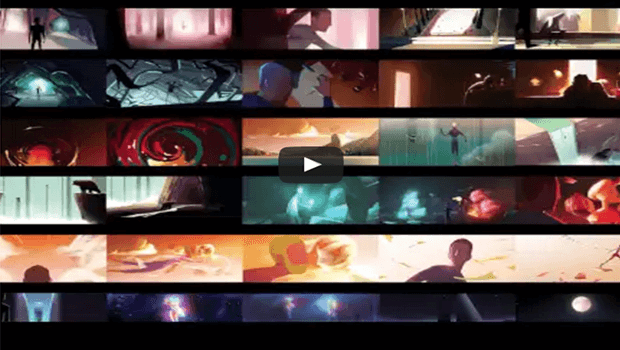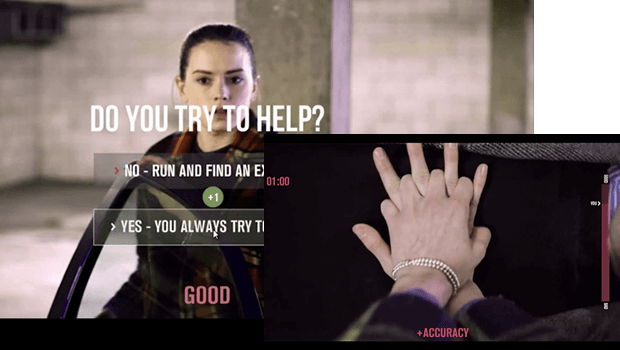Videos have always held a great deal of attraction. The fact that a well presented/designed video tends to capture immediate and prolonged attention is well documented. Videos have always been effective mediums of telling stories and also used as multi-device solutions, and short videos for performance support. The reason is simple, a picture is worth a thousand words and so are videos (if not ‘n’ times more).
Here’s a quick test to confirm the same. Which is easier to understand?
Textual description: A vehicle with two wheels in tandem, usually propelled by pedals connected to the rear wheel by a chain, and having handlebars for steering and a saddlelike seat.
Make sense??
Pictorial representation:

Easier isn’t it?
While we are at that, who doesn’t like movies? Even those of us who find movies to be too lengthy enjoy short videos from time to time. And today, with blab, periscope, go pro and many more players even the modes to record and stream media have grown, and hence creating video content has become an everyday task, and so has social sharing.
A few years back Josh Bersin cited that YouTube Videos are amongst the best learning tools available and in our blog The Return Of Video To eLearning, we had mentioned the key reasons that make videos perfect for eLearning.
Earlier, videos were usually passive with no scope of interactions. The experience could be immersive or not, depending on the subject line, the story telling aspect, the styles used etc. But, taking it a step forward, Google started adding interactivity to YouTube videos through Video Questions Editor. And so, the new promise or rather the old promise renewed is ‘interactivity in videos’ or ‘interactive videos’.
With interactive videos we can definitely add the engagement factor by giving the user freedom to decide the course of the action, or just play around with the content. That’s almost like giving the learner a restricted yet explorative environment.

Coldplay’s “Ink”, is a trendsetter in the music industry. Talk about exploratory environments, the video has ‘300’ possible paths to take, with alternate story for each decision. Viewers can explore the beautifully animated environments by making real-time choices throughout the video.
In the past year interactive videos have been successfully used to engage users/viewers by advertisers, marketing firms, automobile companies, furniture retailers and eLearning industry too. Here are some interesting examples.

IKEA: Where good Days start, is a four minute video that tells the story of a family of five, getting through their morning routine. The user can pause the film using the space bar at any time, and dive off into over 20 different mini-films, animations, or interactive elements.

Lifesaver is a popular example in the eLearning circle. Created by The Resuscitation Council, the medical charity that produces the official UK guidelines for CPR, Lifesaver is a revolutionary – and free! – new way to learn CPR using mobile and tablet devices. The users/learners have to react to three intense simulations presented as short films, within a given time. Effectiveness, consistency and ability to perform CPR are evaluated at the end of each video and the learners can also track and share their scores through social platforms such as Facebook and Twitter.
HTML5 offers great potential in creating richer and better experiences (provides rich, app-like user experience on the mobile browser, location awareness to the browser, richer images etc.). Videos can become more engaging by inclusion of simple poster frames, scrub bar thumbnails, chapter markers, playlists etc. and can be more interactive with the addition of explanations, additional pictures, tables, questionnaires etc. There can also be options to jump to other parts of the video based on the user’s input. Popular authoring tools like Articulate Storyline have quiz templates that can be inserted within the video to make it interactive.
Interactive videos are yet to be explored to attain its full potential. From the eLearning perspective, if we are to club the power of videos and interactions, it sure has the scope to bring about better learner engagement, increased retention and in the long run- increased performance, and business growth.
But this is just our thought. We would really like know what you think. So, do share your thoughts about the future of interactive videos in eLearning.


















